Hi everyone.
I'm new (obviously...look at my post count), and after a quick browse of the forum rules and FAQ, I think it's okay to ask a few questions about my existing chimney liner. Hopefully it's not the type of thing that posters see a lot of and roll their eyes at, and if so, I apologize.
Basically, I'm wondering if anyone can offer some insight into the state of my chimney liner based on the below photos. I purchased a home several years ago, had the chimney inspected, and was told that it was unsafe to use the wood-burning open hearth fireplace. The reason: there are gaps between the terra cotta flue tiles. The tiles themselves are in decent shape, with no significant cracks, and if it matters at all, the exterior masonry and mortar of the chimney is in outstanding shape.
I've since learned that the chimney sweep I hired for the inspection also sells stainless steel liners (they recommended installing one to the tune of nearly $6,000), so I've become skeptical of their assessment. I'm still considering that route, but also want to know the full range of my options, and am wondering if others see evidence of a compromised chimney liner based on the photos. So, without further ado:
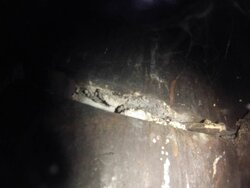
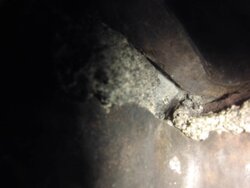
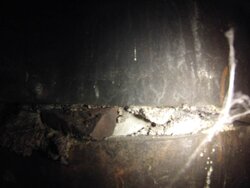
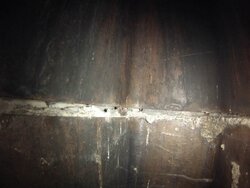
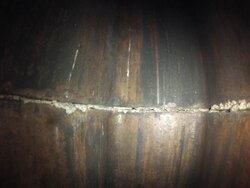
Thanks everyone, so much
I'm new (obviously...look at my post count), and after a quick browse of the forum rules and FAQ, I think it's okay to ask a few questions about my existing chimney liner. Hopefully it's not the type of thing that posters see a lot of and roll their eyes at, and if so, I apologize.
Basically, I'm wondering if anyone can offer some insight into the state of my chimney liner based on the below photos. I purchased a home several years ago, had the chimney inspected, and was told that it was unsafe to use the wood-burning open hearth fireplace. The reason: there are gaps between the terra cotta flue tiles. The tiles themselves are in decent shape, with no significant cracks, and if it matters at all, the exterior masonry and mortar of the chimney is in outstanding shape.
I've since learned that the chimney sweep I hired for the inspection also sells stainless steel liners (they recommended installing one to the tune of nearly $6,000), so I've become skeptical of their assessment. I'm still considering that route, but also want to know the full range of my options, and am wondering if others see evidence of a compromised chimney liner based on the photos. So, without further ado:





Thanks everyone, so much

Last edited by a moderator:


